Home>Gardening & Outdoor>Outdoor Structures>What Wood To Use For Shed Walls
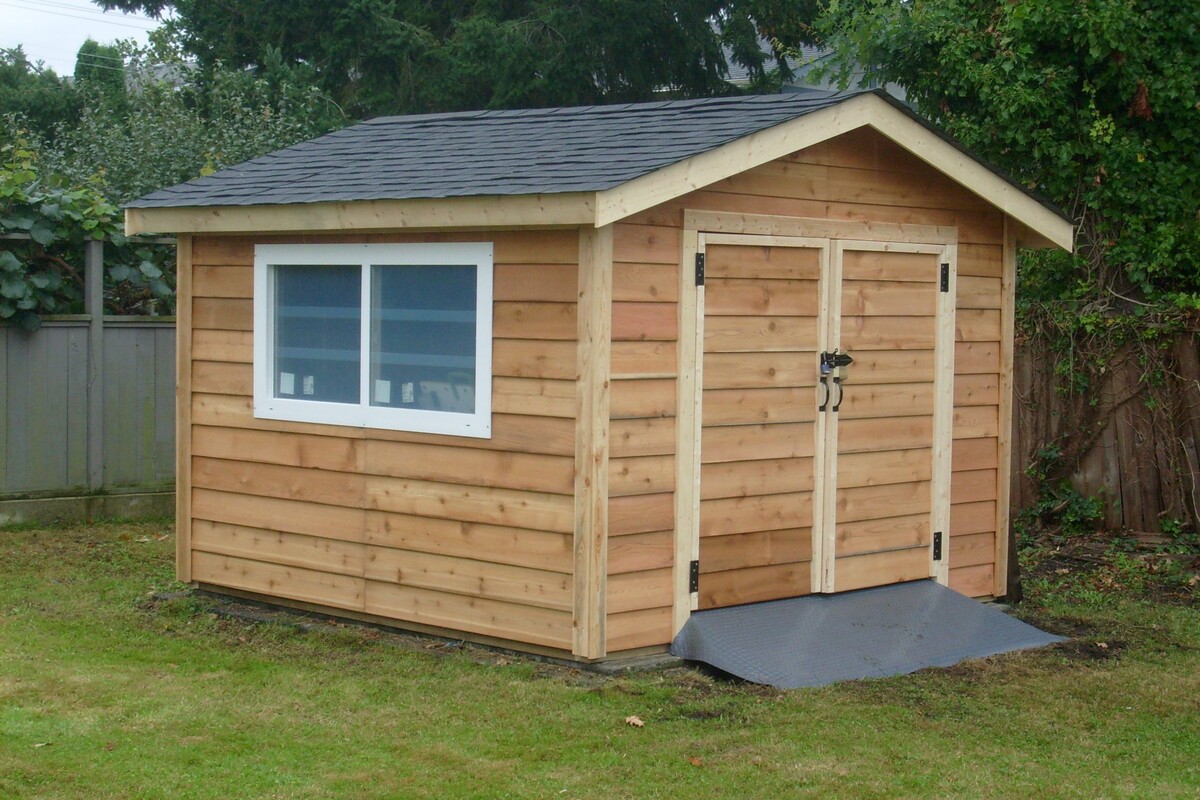

Outdoor Structures
What Wood To Use For Shed Walls
Modified: January 23, 2024
Discover the best wood for shed walls to ensure durability and longevity for your outdoor structures. Learn about the ideal wood options for building sturdy and weather-resistant shed walls.
(Many of the links in this article redirect to a specific reviewed product. Your purchase of these products through affiliate links helps to generate commission for Storables.com, at no extra cost. Learn more)
Introduction
When it comes to building a shed, choosing the right type of wood for the walls is crucial for ensuring durability, longevity, and overall aesthetics. The selection of wood not only impacts the structural integrity of the shed but also influences its resistance to weather elements and pests. Understanding the various options and their respective benefits can empower you to make an informed decision that aligns with your specific needs and preferences.
In this comprehensive guide, we will delve into the factors to consider when choosing wood for shed walls and explore the different types of wood commonly used in shed construction. By the end of this article, you will have a clear understanding of the best wood options available, allowing you to embark on your shed-building project with confidence and clarity.
Key Takeaways:
- Choose pressure-treated wood for shed walls for exceptional durability and resistance to decay, ensuring long-lasting protection for your outdoor storage needs.
- Consider cedar or redwood for shed walls to enjoy natural beauty, durability, and resistance to decay, creating a visually stunning and enduring outdoor structure.
Read more: What To Use For Shed Flooring
Factors to Consider
When selecting the wood for your shed walls, there are several essential factors to take into account to ensure that your choice aligns with your specific requirements.
- Durability: The wood used for shed walls should be highly durable to withstand the elements and resist decay, rot, and insect damage. This is especially important if the shed will be exposed to frequent moisture or extreme weather conditions.
- Cost: Consider your budget and the overall cost of the wood, including any required treatments or maintenance. While some wood options may have a higher initial cost, they could offer long-term savings by requiring minimal upkeep.
- Aesthetic Appeal: The appearance of the wood is a crucial consideration, especially if the shed is located in a visible area of your property. The wood’s natural grain, color, and texture can contribute to the overall visual appeal of your shed.
- Environmental Impact: If sustainability is a priority for you, consider the environmental impact of the wood you choose. Look for options that are responsibly sourced and have minimal negative effects on the environment.
- Maintenance Requirements: Different types of wood have varying maintenance needs. Some may require regular sealing, staining, or painting to maintain their integrity and appearance, while others may be naturally resistant to decay and require minimal upkeep.
- Local Climate: Take into account the climate in your area. If you experience high humidity, heavy rainfall, or extreme temperature fluctuations, you’ll need a wood species that can withstand these conditions without deteriorating.
By carefully considering these factors, you can narrow down your options and choose the wood that best aligns with your shed construction goals and priorities.
Types of Wood for Shed Walls
Several types of wood are well-suited for shed walls, each offering unique characteristics and benefits. Understanding the properties of these wood options can help you make an informed decision based on your specific needs and preferences.
Here are some of the most popular types of wood used for shed walls:
- Pine: Pine is a widely available and affordable option for shed walls. It is easy to work with and can be stained or painted to achieve the desired aesthetic. However, untreated pine is susceptible to decay and insect damage, so it may require additional treatments for long-term durability.
- Spruce: Spruce is another cost-effective option that is commonly used for shed construction. It is lightweight and easy to handle, making it ideal for DIY shed projects. While spruce offers decent durability, it may benefit from protective treatments to enhance its resistance to moisture and pests.
- Fir: Fir wood is known for its strength and stability, making it a reliable choice for shed walls. It is relatively resistant to warping and has natural resistance to decay. With proper maintenance, fir can provide long-lasting performance in shed construction.
- OSB (Oriented Strand Board): OSB is a composite wood product made from compressed wood strands. It is an affordable option and provides good structural support for shed walls. However, it is essential to protect OSB from moisture to prevent swelling and delamination.
Each type of wood has its own set of characteristics and considerations, so it’s important to evaluate them in the context of your specific shed construction requirements. By understanding the unique properties of these wood options, you can make an informed choice that aligns with your budget, aesthetic preferences, and durability expectations.
Pressure-Treated Wood
Pressure-treated wood is a popular choice for shed walls due to its exceptional durability and resistance to decay, rot, and insect damage. This type of wood undergoes a treatment process that involves placing it in a pressure chamber and impregnating it with preservatives, effectively enhancing its ability to withstand environmental stressors.
Key benefits of using pressure-treated wood for shed walls include:
- Enhanced Durability: Pressure-treated wood is engineered to resist decay and insect infestation, making it well-suited for outdoor structures exposed to moisture and soil contact.
- Longevity: With proper installation and maintenance, pressure-treated wood can offer an extended lifespan, providing lasting structural integrity for your shed walls.
- Cost-Effectiveness: While pressure-treated wood may have a higher upfront cost compared to untreated options, its longevity and minimal maintenance requirements can result in long-term cost savings.
- Versatility: It can be painted or stained to achieve the desired aesthetic, allowing you to customize the appearance of your shed walls while benefiting from the wood’s inherent durability.
When using pressure-treated wood for shed walls, it’s important to follow best practices for handling and installation. This includes using corrosion-resistant fasteners and ensuring proper ventilation during construction to minimize potential exposure to chemical preservatives.
While pressure-treated wood offers exceptional durability, it’s essential to be mindful of any potential environmental or health considerations associated with the preservatives used in the treatment process. Adhering to safety guidelines and handling the wood responsibly is crucial when incorporating pressure-treated wood into your shed construction project.
By leveraging the benefits of pressure-treated wood, you can create shed walls that withstand the test of time, providing reliable protection for your belongings and adding value to your outdoor space.
When choosing wood for shed walls, consider using pressure-treated lumber for its resistance to rot and insects. Cedar and redwood are also good options for their natural durability and resistance to decay.
Cedar Wood
When it comes to shed construction, cedar wood stands out as a premium choice known for its natural beauty, durability, and resistance to decay. This aromatic wood species offers a range of advantages that make it a popular option for shed walls.
Here are some key benefits of using cedar wood for shed walls:
- Natural Decay Resistance: Cedar contains natural oils and compounds that act as preservatives, making it highly resistant to decay, rot, and insect damage. This innate durability contributes to the long-term structural integrity of shed walls.
- Distinctive Aesthetic Appeal: Cedar’s rich grain patterns, warm color tones, and natural aroma add a touch of elegance to shed walls, enhancing the overall visual appeal of the structure and complementing outdoor surroundings.
- Dimensional Stability: Cedar wood exhibits minimal shrinkage, swelling, and warping, providing stable and reliable shed walls that can withstand fluctuating environmental conditions without compromising structural integrity.
- Low Maintenance: Due to its natural resistance to decay, cedar wood requires minimal maintenance, reducing the need for frequent treatments and ensuring long-term performance with minimal upkeep.
While cedar wood offers numerous advantages, it’s essential to consider the cost implications, as it is generally more expensive than other wood options. However, the long-term benefits of cedar’s durability and low maintenance requirements can offset the initial investment, making it a worthwhile choice for those seeking premium quality and lasting value.
Additionally, the environmental sustainability of cedar wood is a significant factor to consider. Cedar is a renewable resource, and its natural resistance to decay reduces the need for chemical treatments, aligning with eco-conscious construction practices.
By choosing cedar wood for your shed walls, you can create a visually stunning and resilient outdoor structure that embodies the timeless allure of natural wood, while providing enduring protection for your stored items.
Read more: What To Use For Shed Roof
Redwood
Redwood is revered for its exceptional beauty, durability, and natural resistance to decay, making it a sought-after choice for shed walls and various outdoor construction projects. This premium wood species offers a range of benefits that contribute to the longevity and visual appeal of shed structures.
Here are some key advantages of using redwood for shed walls:
- Natural Decay Resistance: Redwood contains tannins and natural oils that provide inherent protection against decay, rot, and insect infestation. This natural durability ensures that shed walls remain robust and structurally sound over time.
- Distinctive Appearance: Redwood’s rich, reddish-brown hues and fine grain patterns imbue shed walls with a timeless elegance, adding aesthetic charm to outdoor spaces and blending seamlessly with natural surroundings.
- Dimensional Stability: Redwood exhibits minimal shrinkage and warping, offering stable and resilient shed walls that can withstand environmental fluctuations without compromising structural integrity.
- Low Maintenance: Due to its natural resistance to decay, redwood requires minimal maintenance, reducing the need for frequent treatments and ensuring long-term performance with minimal upkeep.
While redwood is prized for its exceptional attributes, it’s important to consider the associated cost, as it is generally a higher-priced option compared to other wood species. However, the enduring beauty and longevity of redwood can justify the initial investment, especially for those seeking a premium and long-lasting shed construction material.
Furthermore, redwood’s sustainability and eco-friendly nature make it an environmentally conscious choice. Redwood is a renewable resource, and its natural durability reduces the reliance on chemical treatments, aligning with sustainable building practices.
By choosing redwood for your shed walls, you can create a visually striking and enduring outdoor structure that exudes the timeless allure of natural wood, while providing lasting protection for your stored belongings.
T1-11 Siding
T1-11 siding, a type of plywood siding, is a versatile and popular option for shed walls, offering a balance of affordability, durability, and ease of installation. This engineered wood product is designed to provide structural strength and weather resistance, making it a practical choice for shed construction.
Key features and benefits of T1-11 siding for shed walls include:
- Structural Stability: T1-11 siding is engineered for structural strength, offering reliable support for shed walls while withstanding environmental stressors such as wind and moisture.
- Cost-Effectiveness: It is a cost-effective option compared to some natural wood species, providing a durable and visually appealing alternative for shed walls within a budget-friendly range.
- Weather Resistance: T1-11 siding is designed to resist moisture and weather damage, making it suitable for outdoor applications and ensuring long-term durability in various climate conditions.
- Easy Installation: Its large panel size and uniformity facilitate straightforward installation, making it an accessible option for DIY shed projects or professional construction endeavors.
While T1-11 siding offers practical advantages, it’s essential to consider proper maintenance and protection against moisture to prolong its lifespan. Applying a quality exterior finish or paint can enhance its weather resistance and contribute to the longevity of shed walls clad with T1-11 siding.
Additionally, T1-11 siding provides design versatility, allowing for customization through paint or stain application to achieve the desired aesthetic for your shed walls. Its smooth, uniform surface can be transformed to complement your outdoor landscape and architectural preferences.
By leveraging the benefits of T1-11 siding, you can create durable and visually appealing shed walls that withstand the elements while offering a cost-effective and practical solution for your outdoor storage needs.
Conclusion
Choosing the right wood for your shed walls is a significant decision that impacts the structural integrity, durability, and visual appeal of your outdoor structure. By considering factors such as durability, cost, aesthetic appeal, environmental impact, maintenance requirements, and local climate, you can make an informed choice that aligns with your specific needs and priorities.
Whether you opt for pressure-treated wood, cedar, redwood, or T1-11 siding, each option offers distinct advantages that cater to different preferences and project requirements. Pressure-treated wood provides exceptional durability and resistance to decay, making it well-suited for outdoor applications that demand long-term resilience. Cedar and redwood, prized for their natural beauty and decay resistance, offer timeless elegance and enduring protection for shed walls, albeit at a higher initial cost. T1-11 siding presents a cost-effective and durable alternative, providing structural stability and weather resistance for shed construction.
Ultimately, the best wood for your shed walls will depend on a combination of factors, including your budget, aesthetic preferences, maintenance capabilities, and the specific environmental conditions your shed will face. By carefully evaluating these considerations, you can select a wood type that not only meets your functional requirements but also enhances the visual appeal of your outdoor space.
Regardless of the wood species you choose, proper installation, maintenance, and protective treatments are essential for maximizing the longevity and performance of your shed walls. Regular inspections and proactive care can help preserve the integrity of the wood, ensuring that your shed remains a durable and attractive asset on your property for years to come.
With a well-informed decision and attention to maintenance, your chosen wood for shed walls can contribute to the creation of a functional, aesthetically pleasing, and long-lasting outdoor storage solution, providing a secure and visually appealing home for your stored items.
Frequently Asked Questions about What Wood To Use For Shed Walls
Was this page helpful?
At Storables.com, we guarantee accurate and reliable information. Our content, validated by Expert Board Contributors, is crafted following stringent Editorial Policies. We're committed to providing you with well-researched, expert-backed insights for all your informational needs.
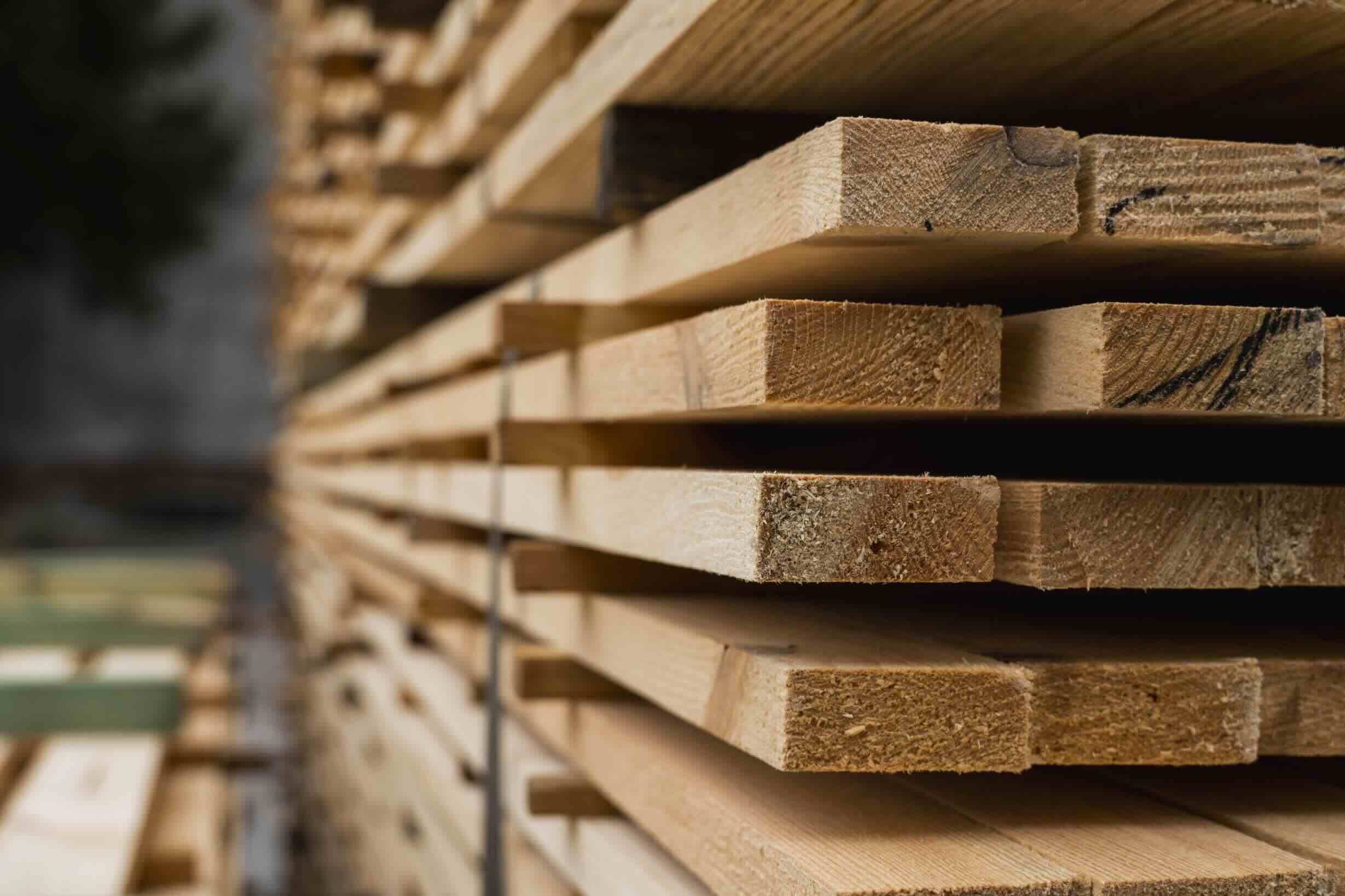
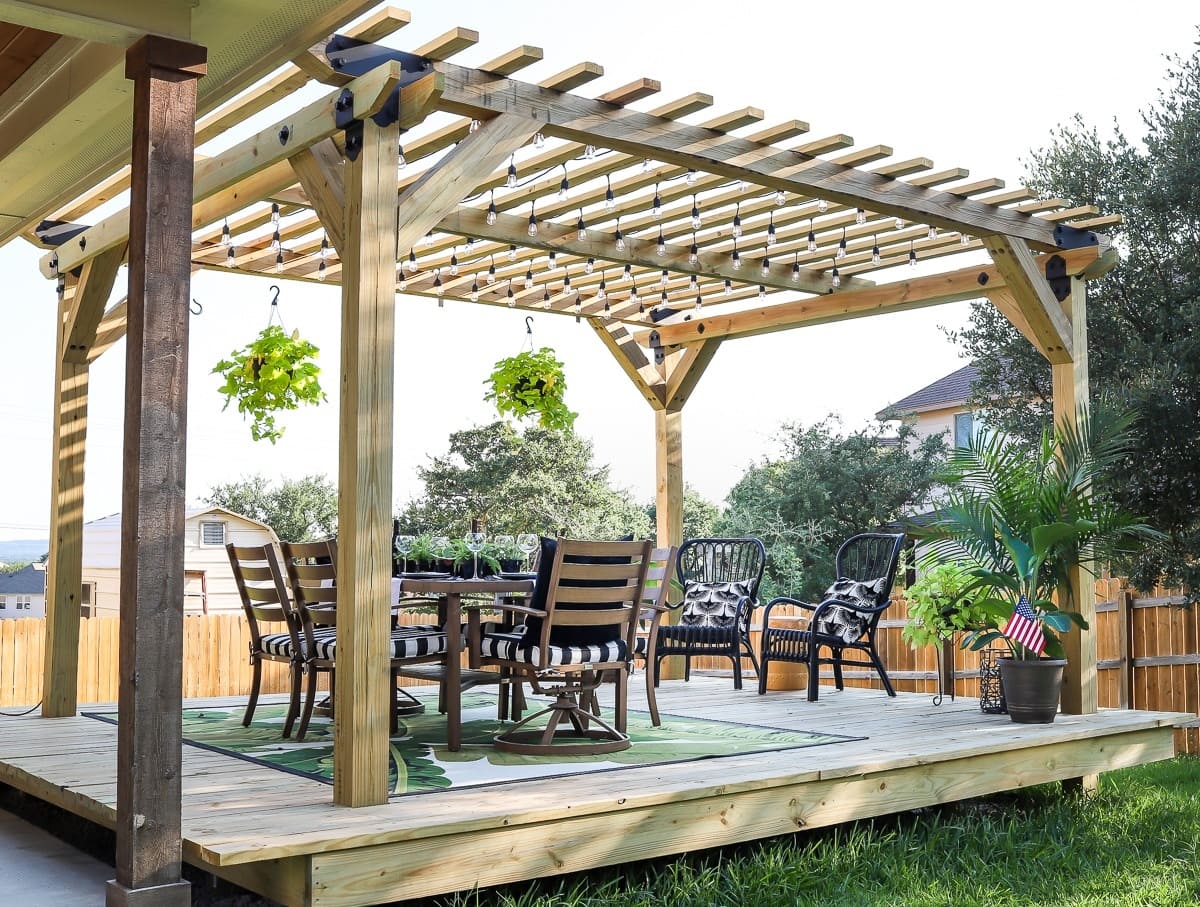
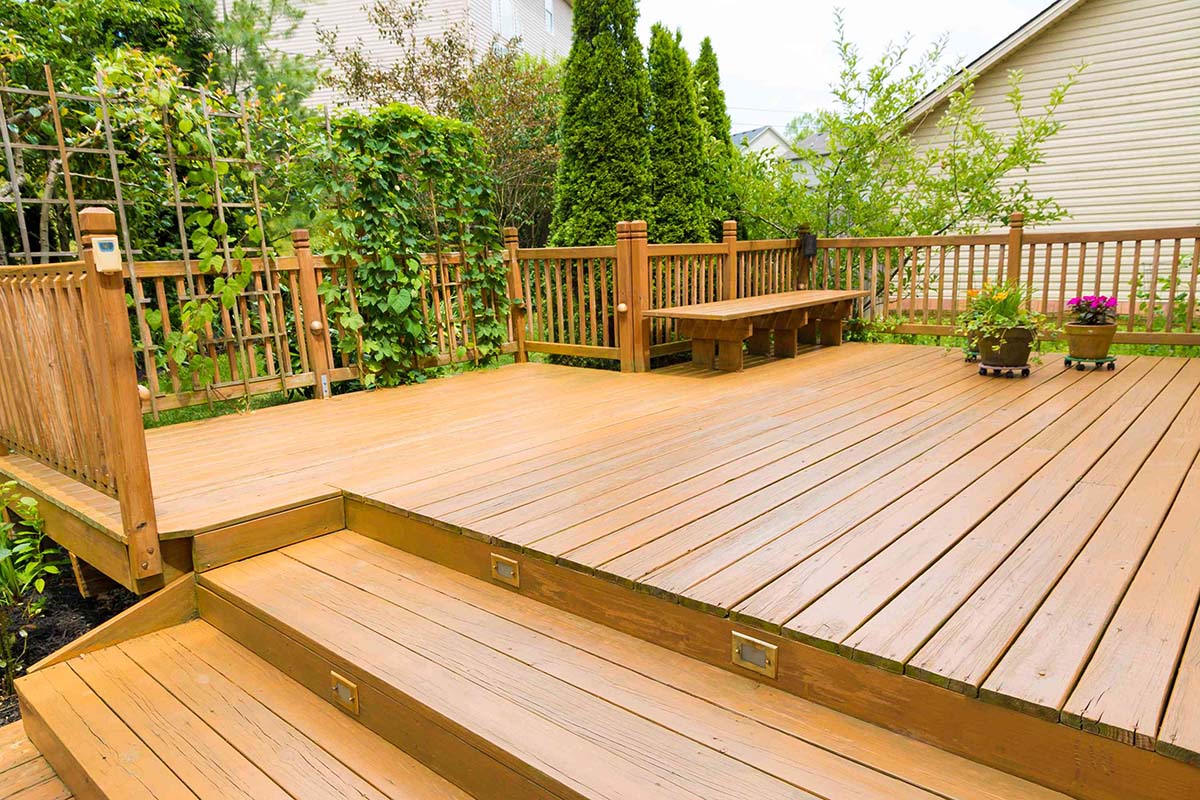
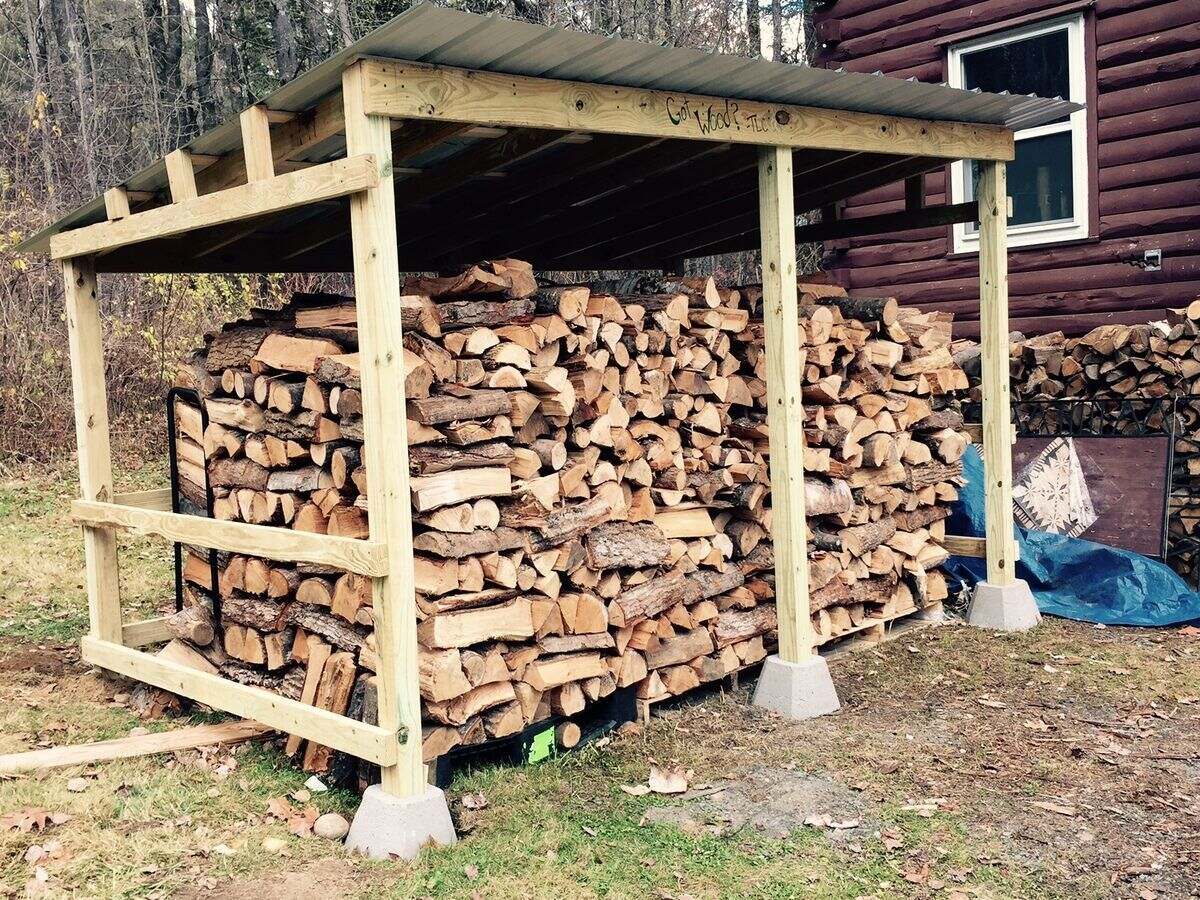
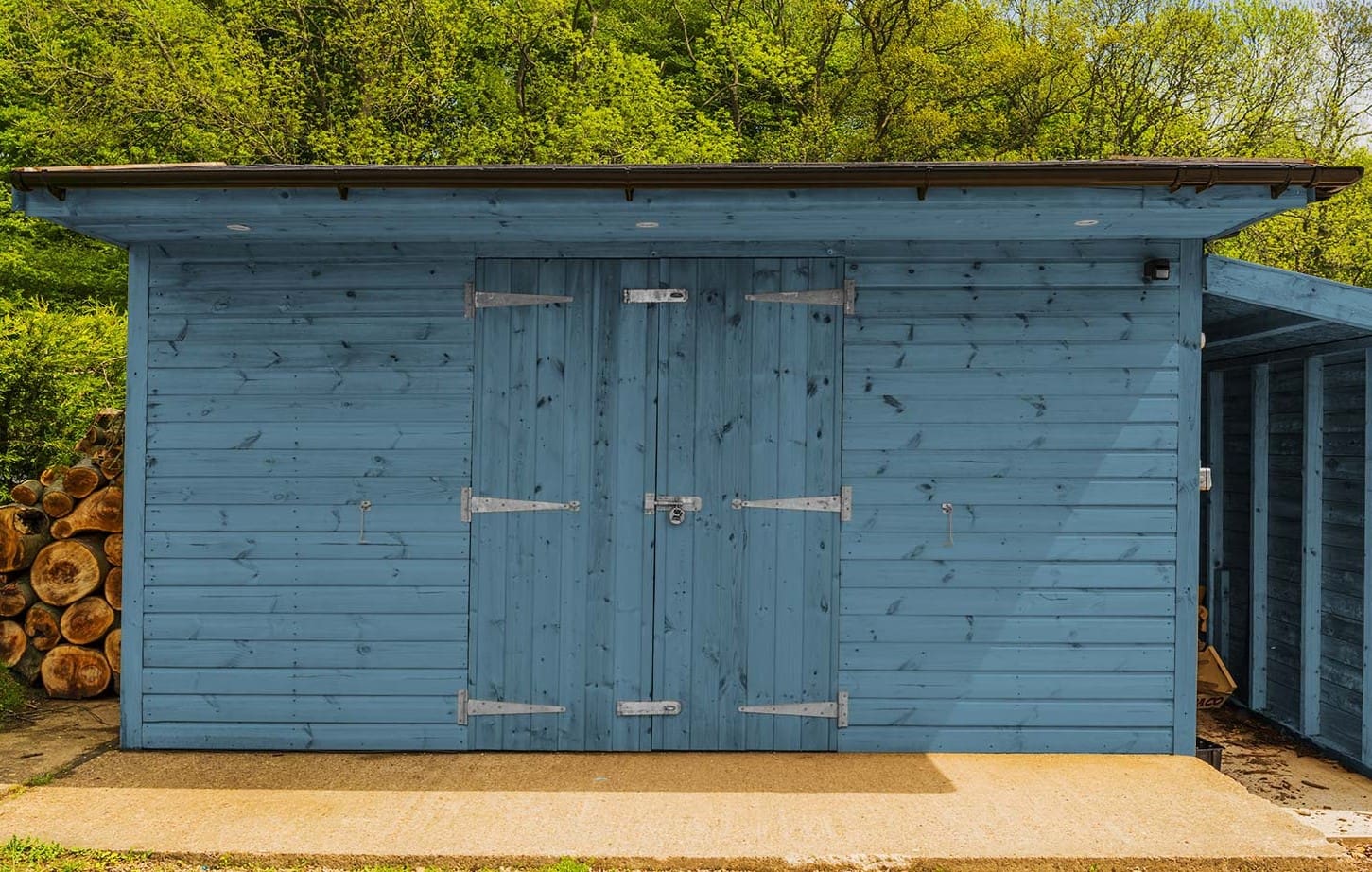
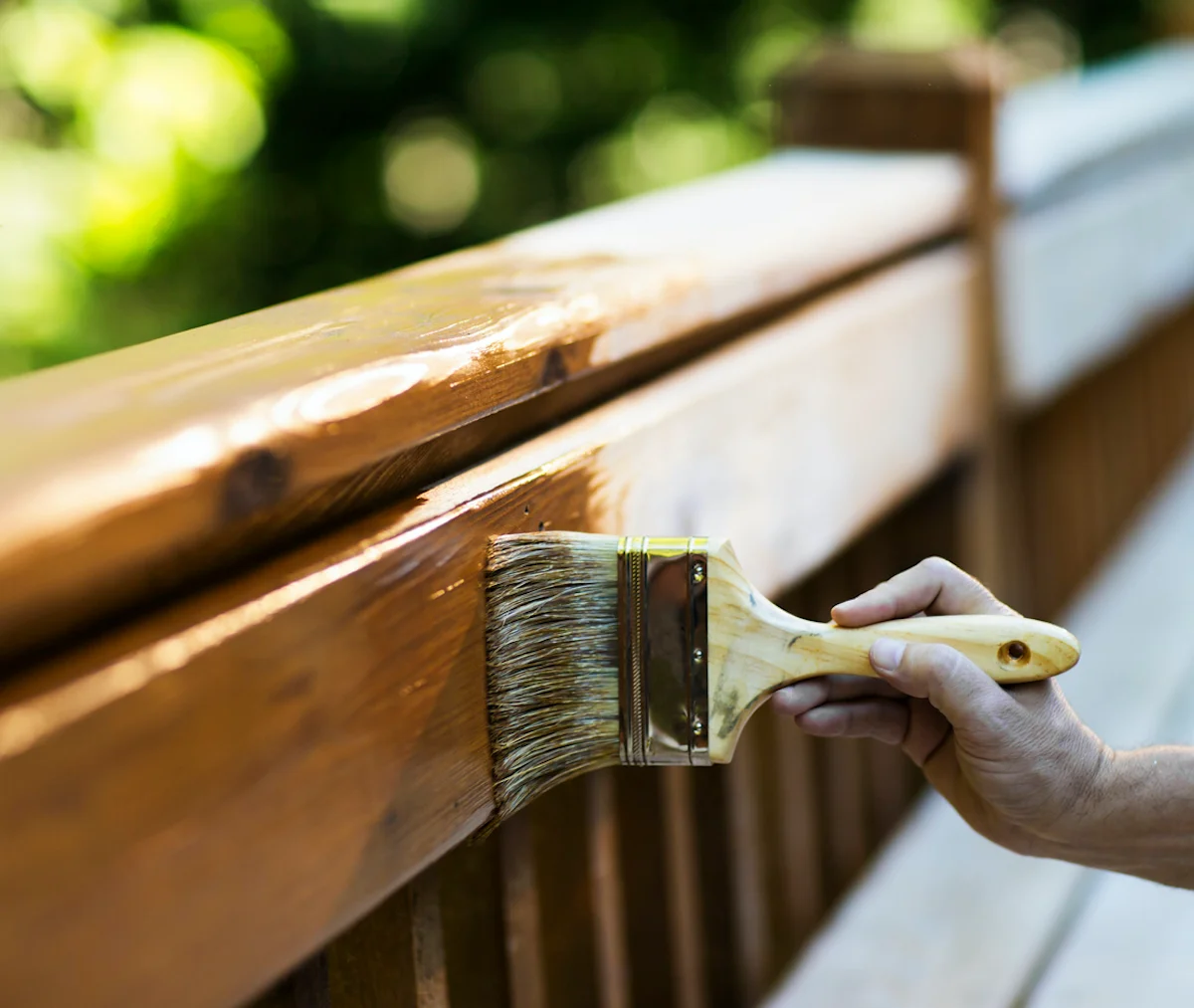
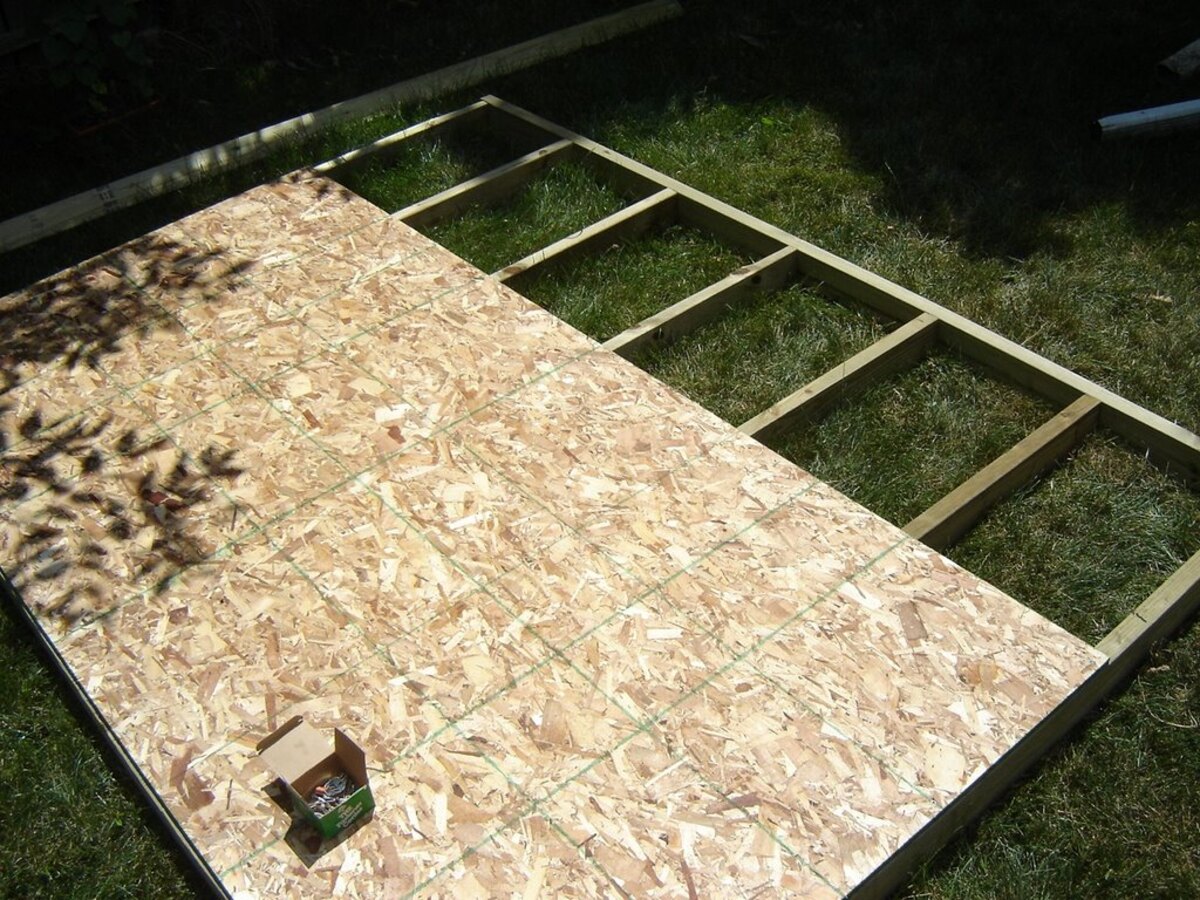
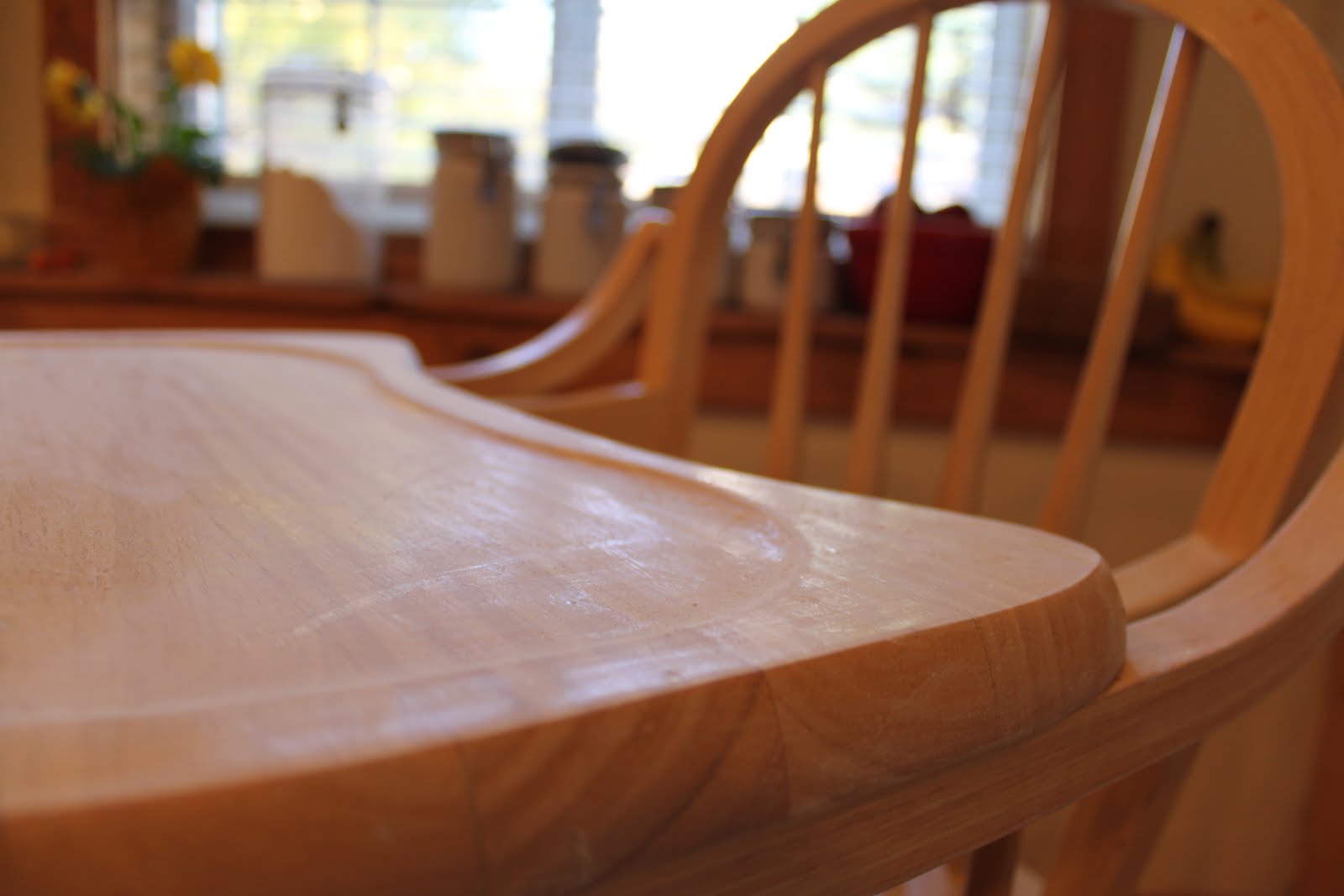
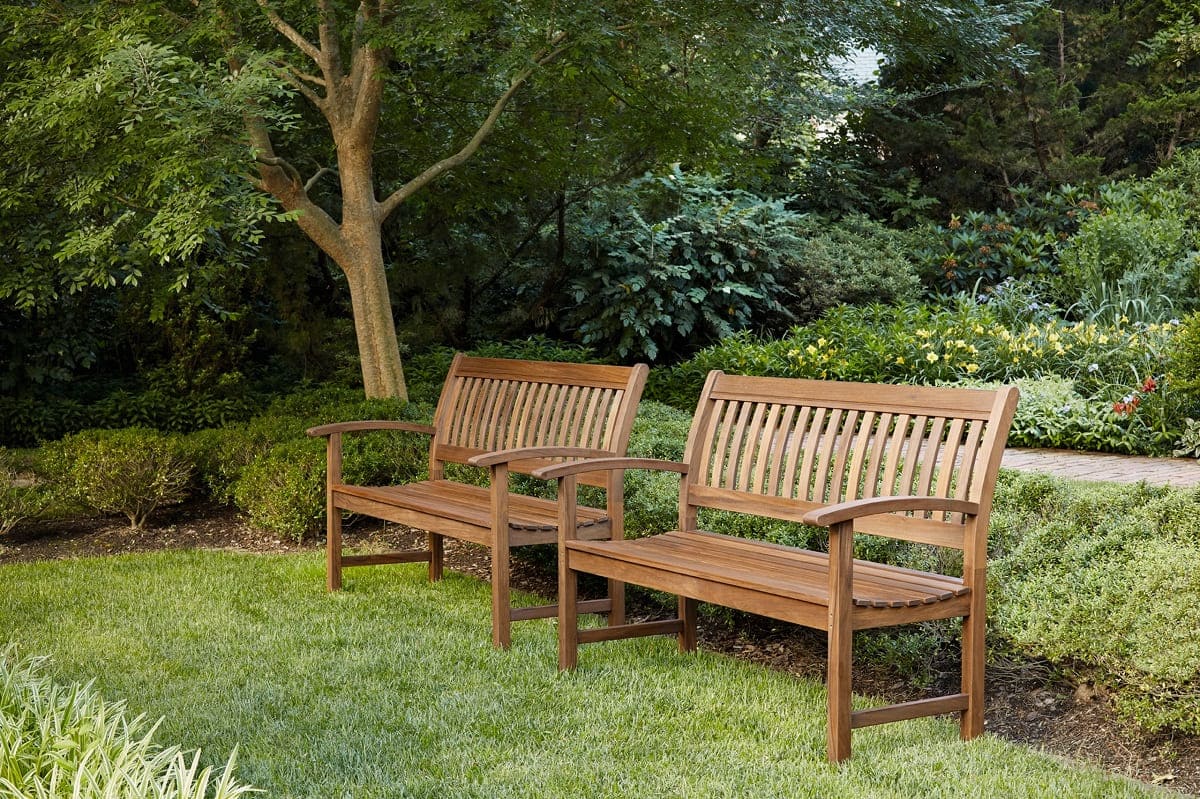
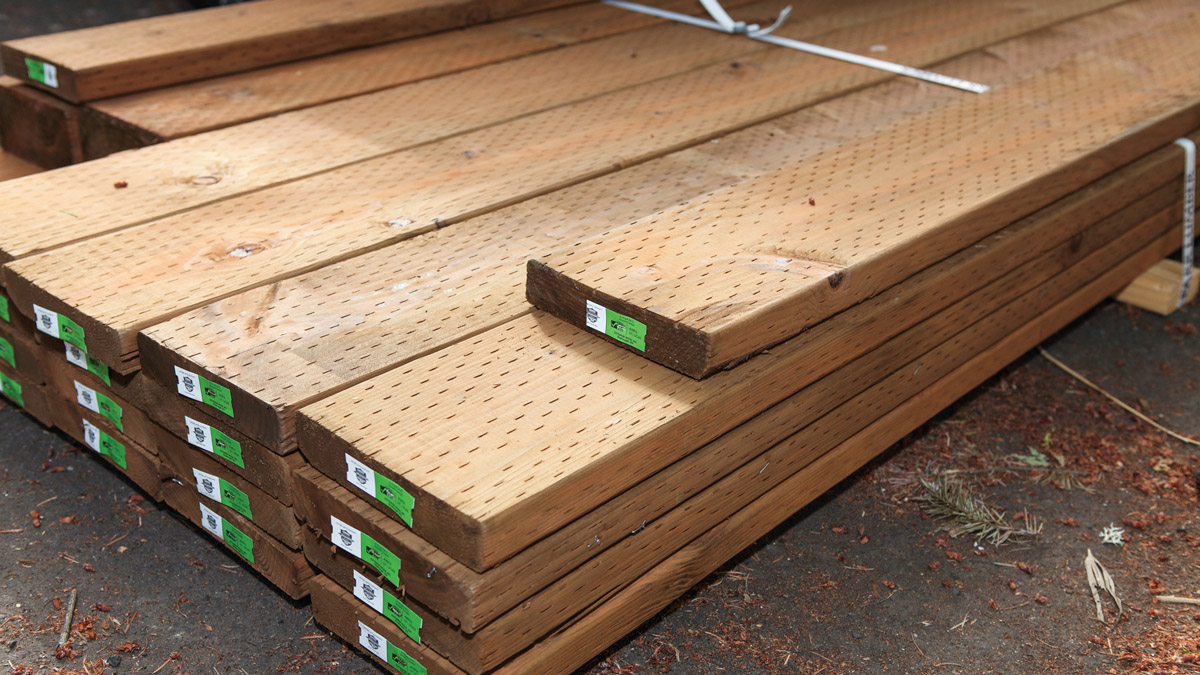
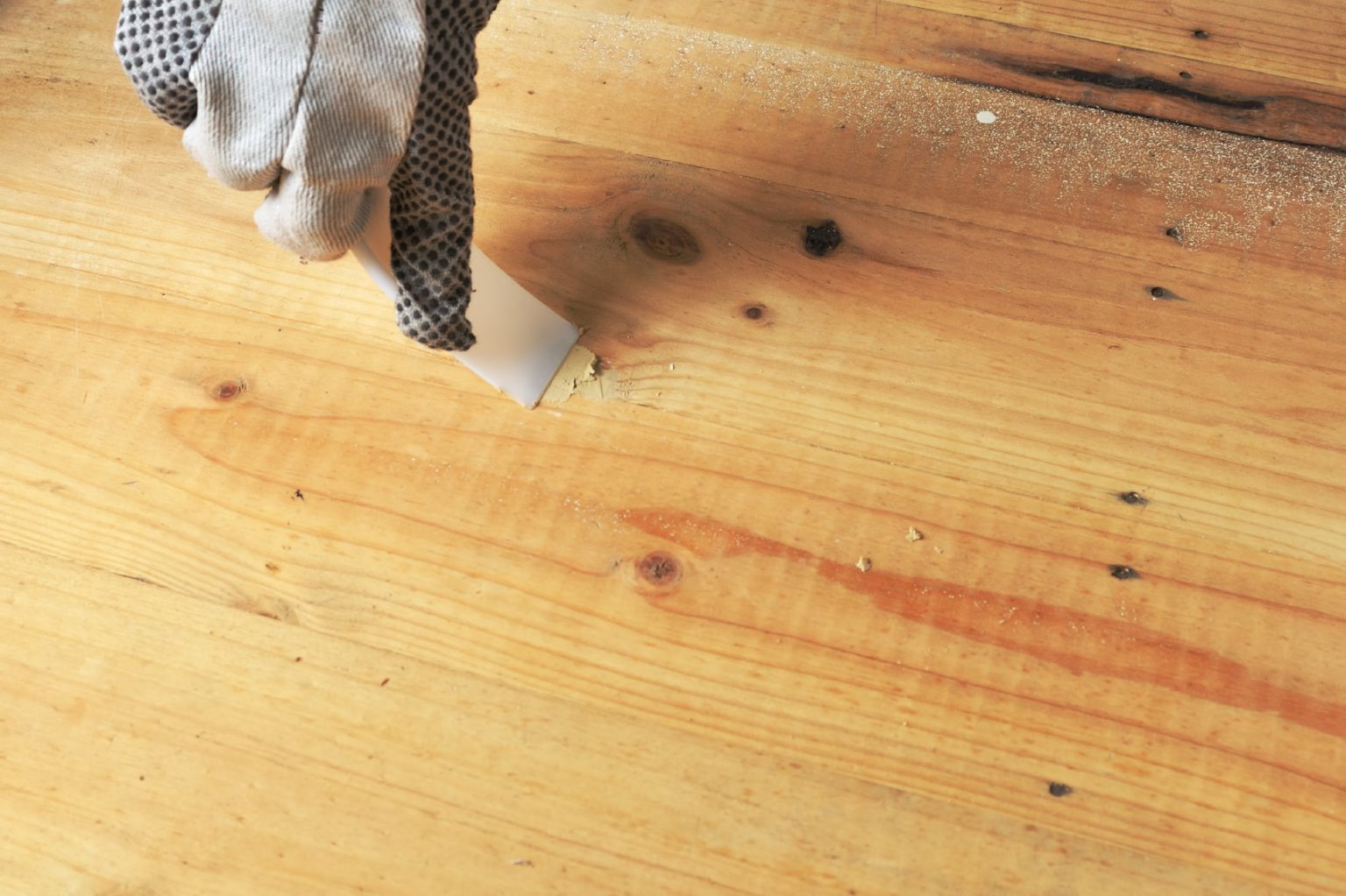
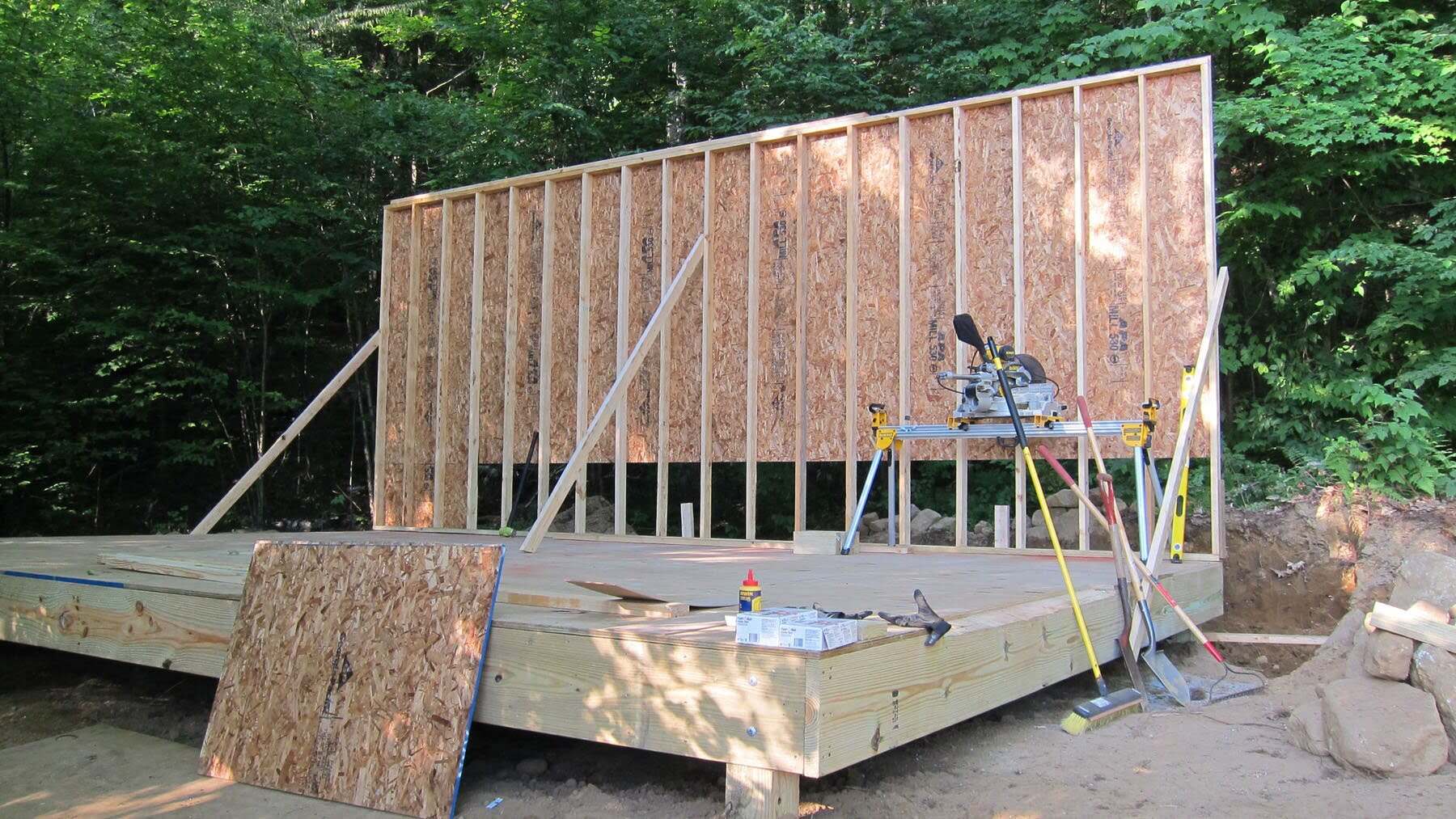
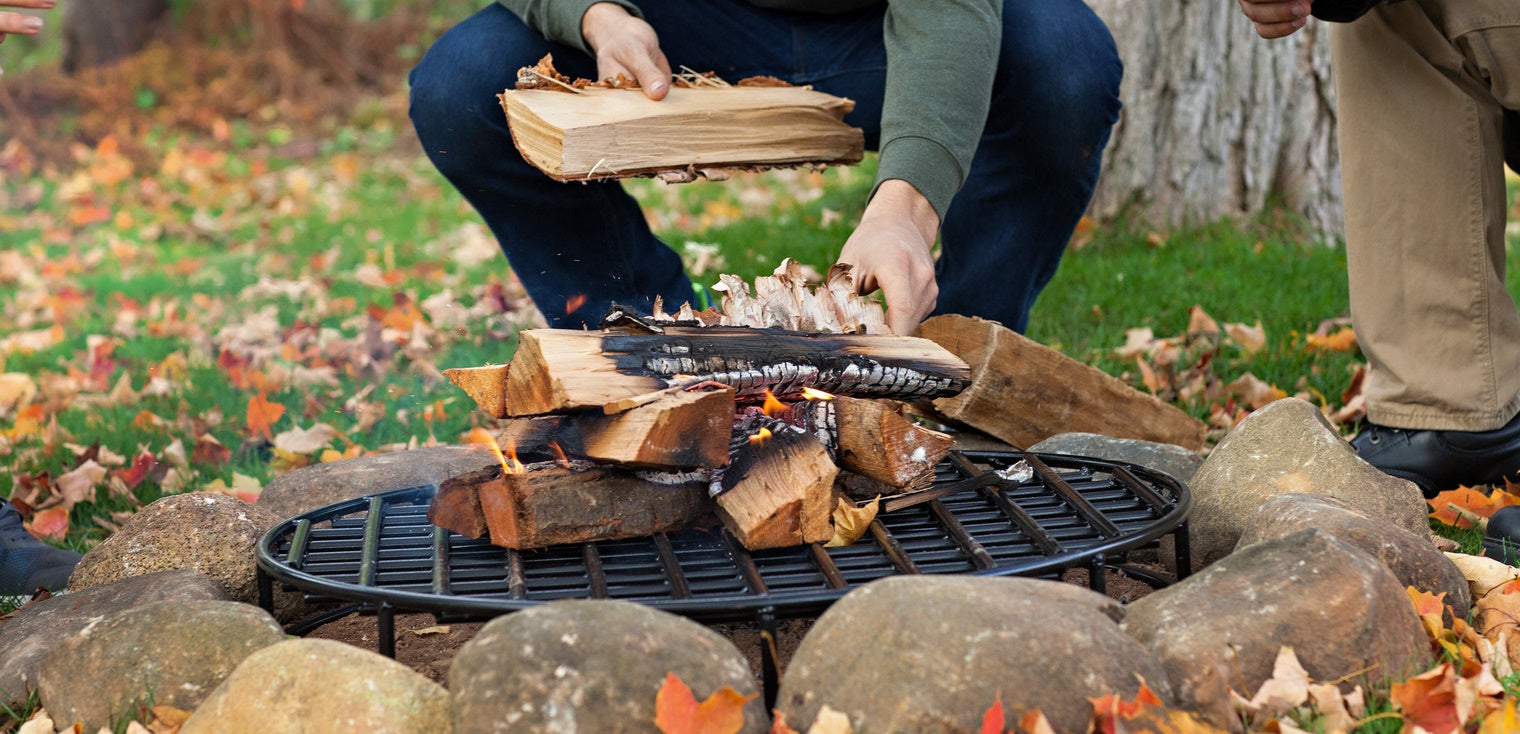
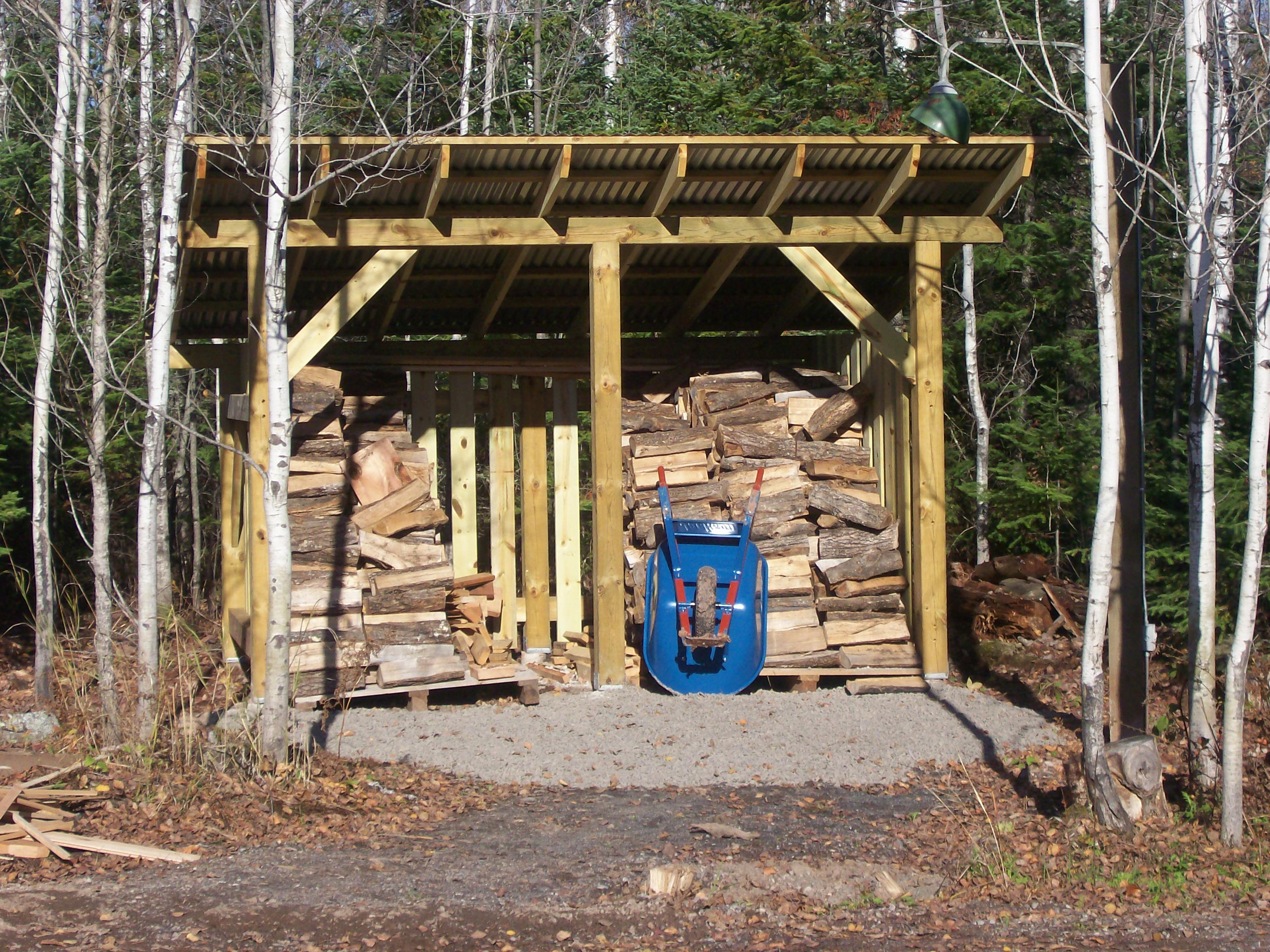

0 thoughts on “What Wood To Use For Shed Walls”